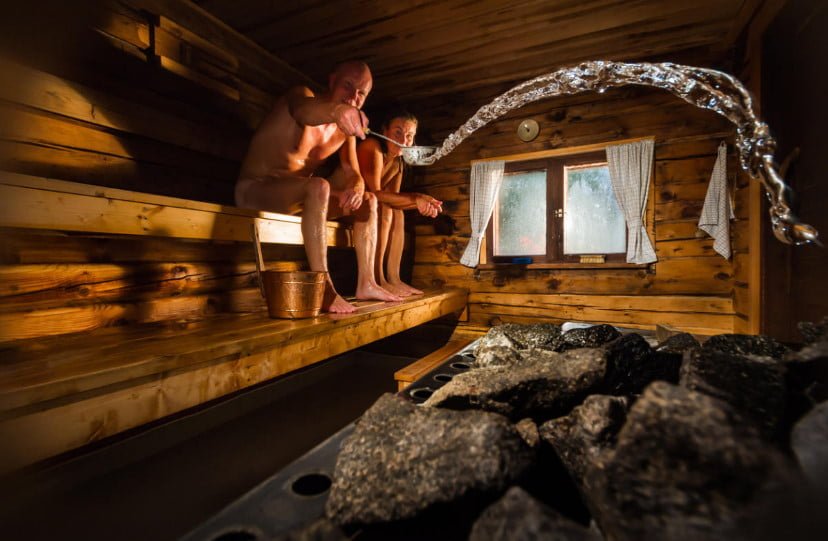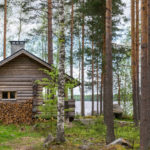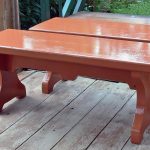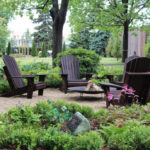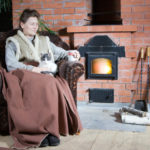As the saying goes”a good bath is better than a hearty lunch.” Bath was of great importance in life: it is not only washed, but treated the sick, took birth, guessing and performed various rituals.
In the modern world, of course, the importance of bath procedures and baths as such has decreased. However for many owners of country houses its construction still remains if not obligatory, very desirable action.
Today there is an opportunity to join the bath traditions of other Nations and make not only the traditional Russian steam room, but also Turkish Hammam, Japanese Onsen, Swedish Basta, Greek tepidarium or laconium, kraxen (Alpine hay bath) and many other varieties.
The most popular of the baths is the Finnish sauna. Therefore, many people are interested in the question: how is the sauna different from the bath and how to build it.
Finnish sauna and Russian bath- “twins”
Today it is believed that the Russian bath and the Finnish sauna are completely different ways to steam.
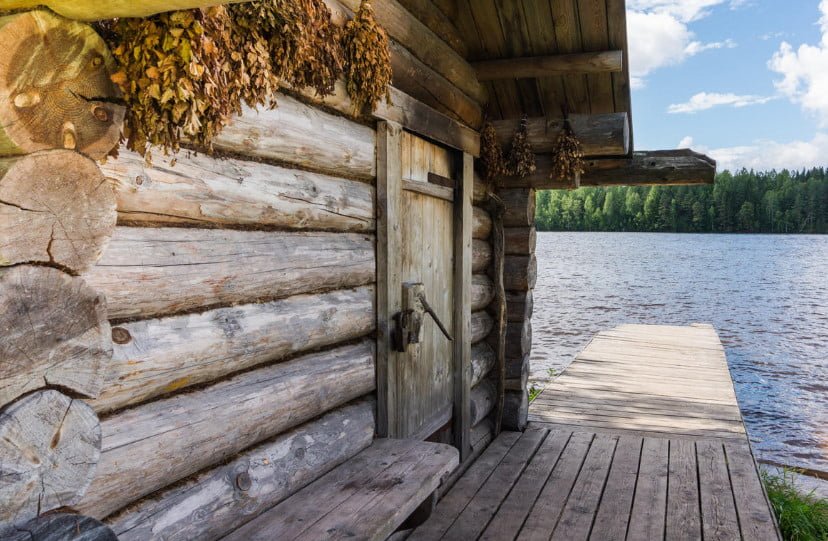
But in fact, it is Russian and Finnish baths have the same origin and are arranged on a single principle. There is a logical explanation for this: the climate of most of Russia and Finland is very similar, as well as the way of life of the people and construction technologies.
The modern dry air sauna, which is often called a Finnish sauna or simply a sauna, is a product of urbanization and commercialization that has nothing to do with a traditional Finnish sauna.
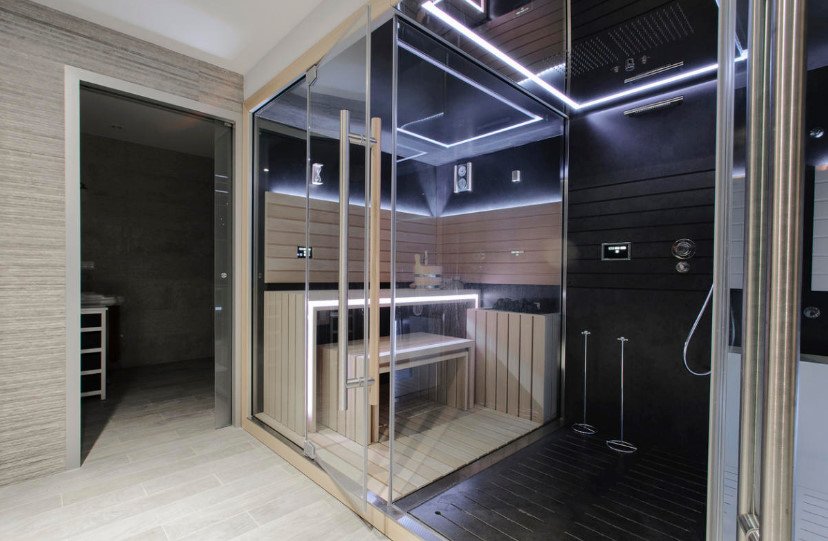
Its creation is associated with the appearance of electric heaters for the device of a sauna in apartment buildings, where there is no possibility to make a wood-burning stove and chimney. In rural Finland, an authentic sauna is no different from a Russian bath.
Differences between sauna and Russian bath
If it is accepted to distinguish today the Russian bath and a sauna, we will look in what these differences consist. But, speaking of differences, it should be borne in mind that we are not talking about the Finnish, and a dry sauna.
Steam and humidity
In a dry sauna there is no steam — that is why it is called dry. Humidity in it is not higher than 15-25%, the optimal value lies in the range from 3 to 8%.
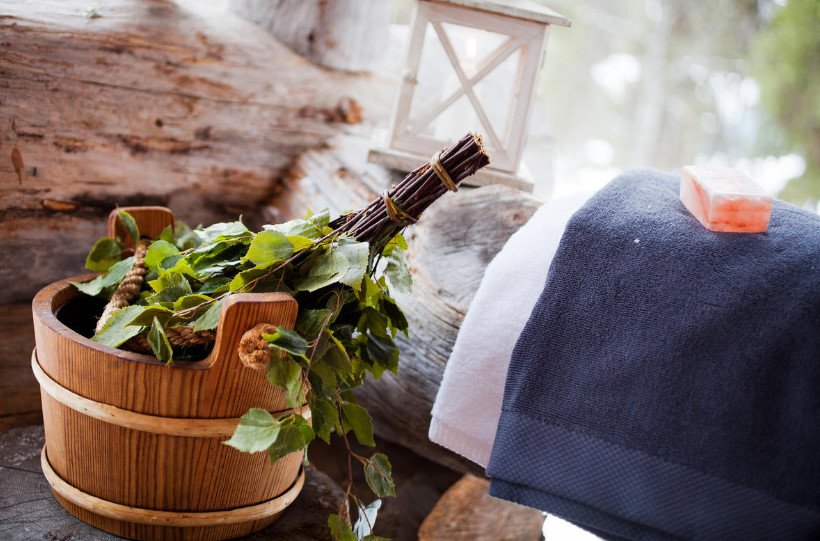
Modern dry air sauna is designed to warm up the human body, not to steam.
In the traditional Finnish sauna, as in the Russian bath, the humidity level is close to natural — from 40 to 70%. From humidity depends and the second parameter, radically distinguishes steam bath and dry sauna.
Temperature
The human body’s perception of temperature depends on humidity. Dry air is a poor conductor of temperature, so in a dry sauna it warms up to +100 and even more (up to + 130) degrees Celsius. The higher the humidity, the higher the thermal conductivity of the air, which means that at a lower temperature for a person there is a feeling of heat.
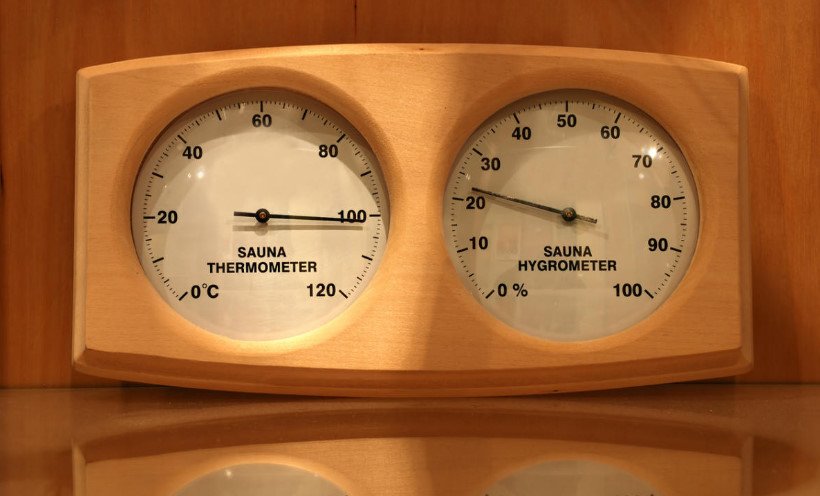
At optimum for the Finnish sauna and Russian bath humidity of 40-60% (that is, the air contains 40-60 grams of water vapor per kilogram), the air temperature in the steam room does not exceed 45…+60 degrees Celsius. And this temperature is enough even for those who like “hotter”, getting used to the temperatures in the dry sauna.
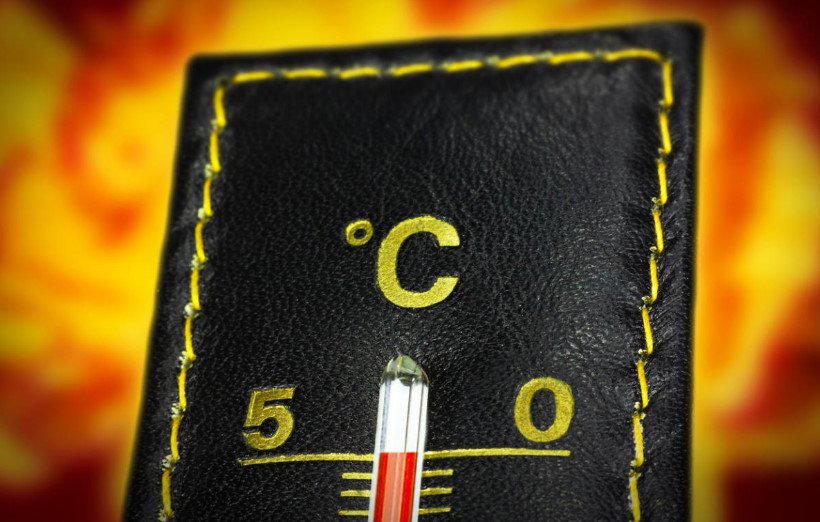
Temperature and humidity depend on the personal preferences of visitors to the baths, their age and health. The creation of optimal parameters or bath conditions depends, first of all, on the correct design of the bath furnace.
Ventilation
In dry air sauna ventilation is of great importance. High temperature creates a stressful situation for the body. The mechanisms of regulation are included: a person begins to sweat, his pulse quickens, vessels expand, the volume of breathing increases. As a result, in a small room becomes little oxygen, and the person begins to suffocate.
To restore the required amount of fresh air, required supply and exhaust ventilation, and it must be active, that is forced. In the Russian bath, the installation of a forced ventilation system is not required, it is enough to ensure the flow of fresh air, and the operation of the furnace itself will create the necessary convection.
Common misconceptions about baths
Despite the popularity of such a pastime as a bath, not everyone has or visits the right bath. In many cases, dry air saunas are used on the principle of steam, splashing on the hot stones of the heater water.
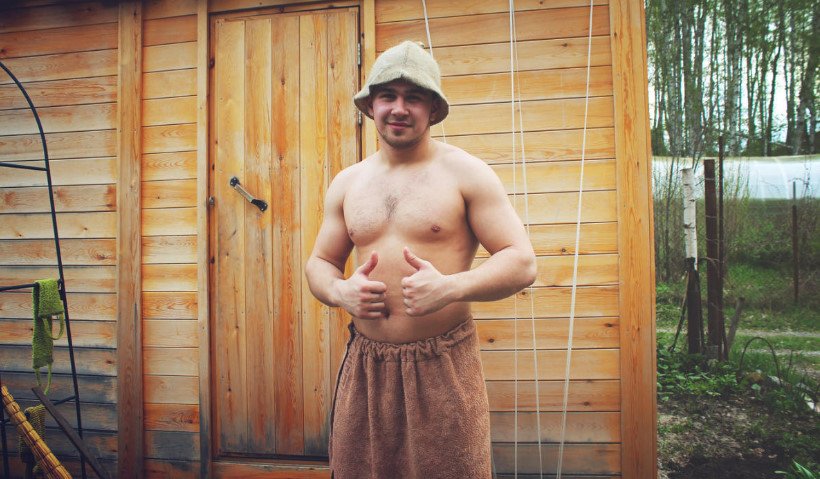
As a result, in conditions of very high temperature of the dry sauna there is a sharp release of steam, and because of too dry air evaporated water is almost instantly absorbed into the dried wood interior. With the formation of steam, the thermal conductivity of the air in such a very hot sauna increases sharply, which can threaten visitors with burns and other problems.
Neither dry and very hot atmosphere of dry air sauna, in which the high temperature is easily tolerated by the body due to low humidity, nor wet and moderately hot Russian or Finnish steam room, where the heating of the body occurs gradually, very deeply and also does not injure, and has a therapeutic effect. As a result, in addition to the extreme temperature effects on the body, in such a bath you can get real injuries: burns to the skin or respiratory tract, the load on the heart until it stops and so on.
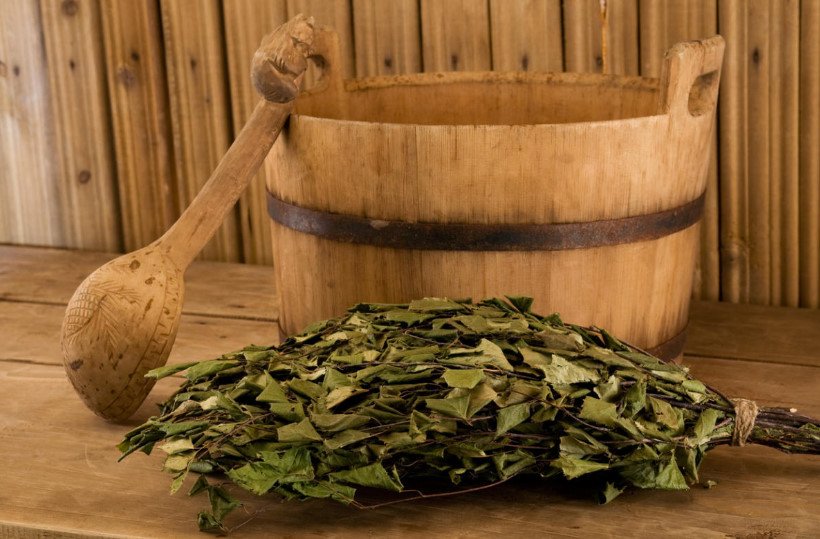
The dispute about which bath is better is groundless. Everyone chooses what he likes best. Most importantly, before you begin to build a sauna is to define precisely what is meant under this name. And if you are building a dry air sauna, do not try to cross the “bulldog with a Rhino” and use it in the elements of the steam room — whether Russian or Finnish. Otherwise, bath procedures not only will not bring the desired pleasure, health benefits, but can also have quite significant harm.
